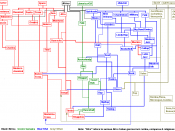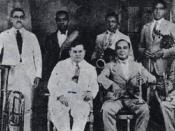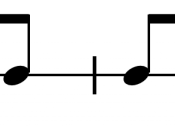The Cuban population is a melting pot of ethnic mixes from every corner of the world. The multitudes of musical genres that make up Cuban music are part of Cubans' daily lives. The fusion of the different African and European cultures gave rise to a process of transculturation, producing a creolised culture that absorbed later migrants (French, Chinese, Jamaicans, Haitians and Mexicans). The Cuban culture would later receive a strong influence in the 19th century from Italy and in the 20th century from the United States. This complex panorama of migrations and cultures has characterised the historical development of music in Cuba. In this essay I am going to analyse he contribution made to the different Cuban musical genres by the various ethnic groups that have populated Cuba. I will do this by looking at the main genres of music in Cuba and the main ethnic groups.
During the period of colonisation and conquest of Cuba by the Spanish, many changes took place in the ethnic composition of the country.
In less than fifty years, nearly all the Amerindian indigenous peoples of the island (Taino, Arawak and Ciboney) were exterminated. In the early 1400s the slave trade from Africa began and in the early 1500s many Africans were brought to Cuba, some as slaves, some free. Cuban music would be born from the progressive encounter of slave traditions brought from Africa and those of the white populations of Europe. Italian and French tunes, Spanish tangos, flamencos, romances and quadrilles would mix with African and Amerindian music. It is for this reason that the more significant roots in the Cuban nationality are Spanish and African, although the incorporation of migrations from other geographical areas such as Asia, the US, and neighbouring islands of the Caribbean have also participated in the...


